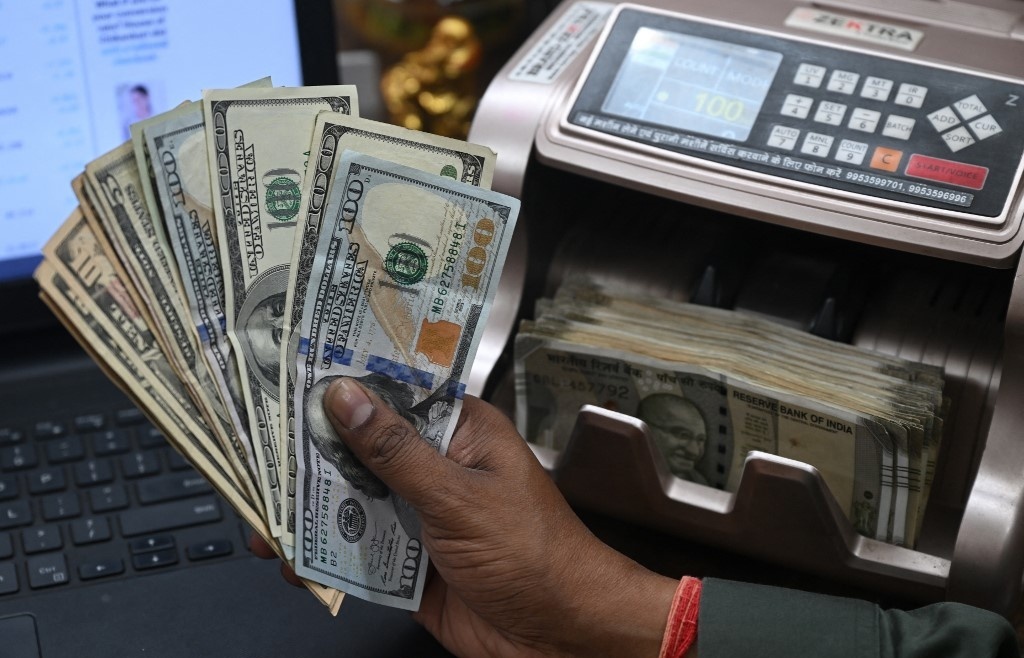Reaching for a true market benchmark
 |
| Ton Tich Quy |
The trend has raised deep concerns among local investors on re-calculating the local benchmarks to accurately reflect the market. The benchmarks for the Vietnamese stock market need to be “audited”, says Ton Tich Quy, vice director for the State Securities Commission’s Securities Research and Training Centre.
In your opinion, where are the strongest and weakest points of the VN-Index and HNX-Index?
Almost all the nations use the weighted average method to calculate the indicators for their market and Vietnam does too with the VN-Index and HNX-Index. The aim of this calculating method reflects the common trend for the whole market.
However, the VN-Index and HNX-Index were recently distorted by some stocks like BVH and MSN, which have had large impacts on the market. This fact made the benchmarks wrongly reflecting the market’s movements, which negatively impacted on investors’ confidence.
Which calculating method the two exchanges should be used to repair the distorted market?
Actually, in other nations, the volume of listed shares is nearly equal the free floating ones. In Vietnam, however, those two kinds of volume greatly differ, especially in big market-cap stocks.
In my opinion, trading volume needed to be re-calculated, in which excludes the amount of shares that are actually restrained trading.
Besides, companies should list actual free-float shares instead of listing all of their shares. That would help reduce their cost for listing and restrain the market distortion.
Particularly, the HNX should use the close prices of previous session to set the open prices for the next session, instead of using averaging prices like currently.
There needs to be more market indicators for each sectors and market-cap level of stocks. I also think there should be a common indicator for the two exchanges.
Do you think there should be a unique organisation calculating benchmarks for both the two bourses on unique principles?
The calculating software of HoSE was provided by Thailand and originated from America. Meanwhile, the software applied at the HNX was built by Vietnam and had no professional board assessment. In fact, there had been some mistakes generated from adjusting parametres of those two benchmarks.
I think State Securities Commission needs to periodically revise the benchmarks to find out mistakes and correct them.
Exchange Traded Funds (ETFs) are seen as “manipulating” Vietnam’s indexes. What are these funds and how will they affect Vietnam’s securities market?
ETFs use one common indicator calculating for a certain basket of stocks to create a security and trade this security on overseas markets. When they drive up the stocks included in this basket, the common indicator will rise as well.
Vietnam’s stock market, with very low liquidity, is easily to be driven by those foreigners. With just a small cash amount, they can manipulate local market and earning big profit. Meanwhile, local investors’ confidence can be significantly hurt as the market is incorrectly reflected.
What the stars mean:
★ Poor ★ ★ Promising ★★★ Good ★★★★ Very good ★★★★★ Exceptional
 Tag:
Tag:
Related Contents
Latest News
More News
- Trump defiant as tariffs send world markets into panic (April 04, 2025 | 09:08)
- Stock market reacts sharply to US tariffs (April 03, 2025 | 15:25)
- Financial markets tumble after Trump tariff announcement (April 03, 2025 | 15:10)
- Stocks tank, havens rally as Trump tariffs fan trade war (April 03, 2025 | 14:46)
- Securities firms set ambitious business targets (April 03, 2025 | 11:28)
- Credit fuels private sector advances (April 02, 2025 | 14:00)
- Lenders accelerate bond issuance to entice fresh capital (April 02, 2025 | 11:58)
- Banks post strong Q1 profit growth (March 31, 2025 | 11:33)
- Proposal to tighten penalties for securities violations (March 28, 2025 | 17:20)
- DPM Phoc highlights VBSP's role in poverty reduction (March 28, 2025 | 16:19)

























 Mobile Version
Mobile Version